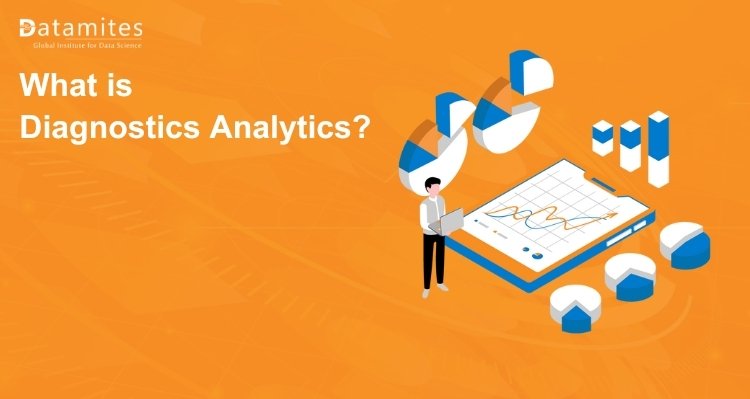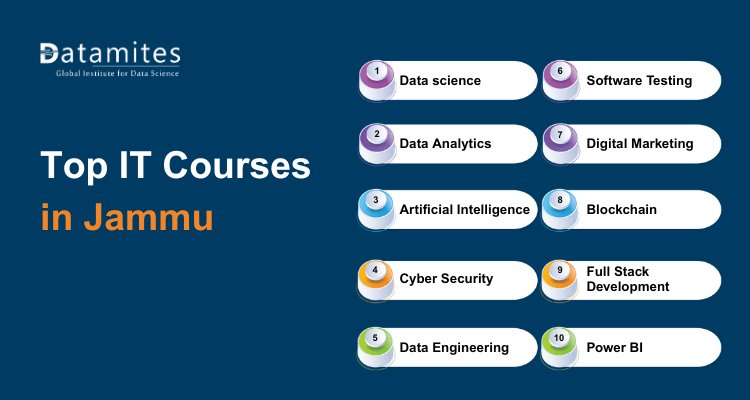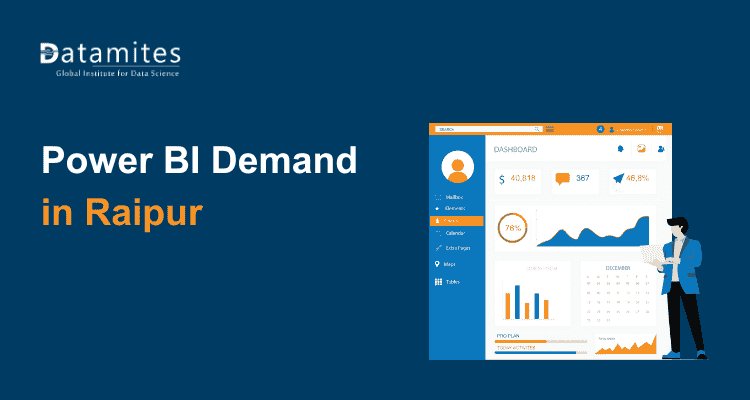What is Diagnostics Analytics?

Success in business depends on identifying the underlying reasons for trends and events. To accomplish that, diagnostic analytics is used. It assists firms in delving into data to comprehend what motivates trends and anomalies, such as a sudden decline in income, a change in client behavior, or an increase in expenses. Companies are then more equipped to decide how to address issues and boost their level of commercial success.
In this article, we will learn all about diagnostic analytics.
What is Diagnostics Analytics?
Diagnostics analytics which is a subset of analytics, seeks to provide an explanation for why something occurred. Businesses can learn more about the reasons behind the trends in their data by employing diagnostic analytics. Data mining and data drilling are two examples of the different strategies that can be used in diagnostic analytics. Companies may need to look at additional data sources, possibly including external data, to investigate the underlying causes of trends.
Categories Of Diagnostics Analytics
There are typically three main steps in the diagnostic analytics process that identify the underlying causes of an issue or trend.
- Identify anomalies- If the cause is not immediately apparent, diagnostic analytics may be needed to identify trends or anomalies that descriptive analysis has revealed. Also, it can occasionally be challenging to tell whether descriptive analysis results actually reveal a new pattern, particularly when the data is very variable naturally. When that occurs, statistical analysis can be used to assist assess whether the results genuinely show a deviation from the norm.
- Discovery- The next phase is data discovery, which involves searching for data that explains the anomalies. It can entail digging into internal data as well as collecting external data. For instance, a search of external data could turn up changes in supply chains, new rules, a changing marketplace, or weather patterns that are related to the aberrant data.
- Casual relationship- Whether the associations in the data indicate the actual source of the anomaly can be determined by further study. Even while two events may correlate, this does not necessarily mean they are related. The factor or variables that were the most likely cause can be determined by a more thorough analysis of the data related to the sales increase.
Refer these below articles:
How Do Diagnostics Analytics Work?
Along with descriptive analytics, diagnostic analytics makes use of past data. But what makes it special is that it seeks to locate and explain anomalies and outliers. An unexpected increase in revenues, for instance, might be seen by a fashion brand. The business is able to create and evaluate a variety of explanations for what transpired by utilizing diagnostic analytics. Maybe a famous influencer has publicized one of their apparel lines. The most likely reason for the profit spike may be determined by gathering and evaluating further data, which will then drive their future strategy.
Diagnostic analytics uses a variety of methods, including regression analysis, clustering analysis, filtering, time-series analysis, and probability theory. But it’s not just about numbers. It entails using lateral thinking, taking into account outside variables that could be affecting the patterns in your data, locating new sources to aid in the construction of a larger picture, and comparing your conclusions to the original dataset.
Examples Of Diagnostics Analytics
Here are a few instances from various sectors that show how Diagnostic Analytics can be used:
- Diagnostic analytics may undertake a thorough examination to identify the root reason of a company’s decreased click-through rate.
- This kind of analytics can provide information about the reasons why sales have increased or decreased for a certain year for time-series sales data.
- Diagnostic analytics can be used to evaluate and provide an explanation for some changes for which the causes are not immediately apparent, such as a sharp decline in website traffic or a dramatic increase in sales during a particular season or time of year.
- The HR department can utilize Diagnostic Analytics to find the best candidate for a specific open position by being able to search, filter, and compare persons using interactive data visualization tools that consolidate data from numerous sources.
- Diagnostic analytics can assist a retail store in identifying sales based on the environment, the location, the traffic, the parking, and other factors.
- Diagnostic Analytics may be used to identify the root cause and provide an explanation for a rapid increase in volume on the ER site over a brief period of time.
Importance Of Diagnostic Analytics
A deeper understanding of business performance can assist any organization in replicating its accomplishments and resolving any problems. Diagnostic analytics can help businesses better understand the internal and external factors affecting their results. Due to the fuller image it offers of every circumstance, businesses can make better decisions. For instance, if a company finds that an online marketing campaign is to blame for increased sales of a key product, it may invest more resources in that campaign and create similar ones for other products.
Certified Data Analyst Course
Benefits Of Diagnostic Analytics
The ability of a firm to develop and learn from errors depends on its ability to comprehend the causes of business outcomes. Businesses can focus on the elements that contribute to success or failure using diagnostic analytics, including those that may not be immediately apparent. A data-driven analytical culture can be cultivated throughout the company with the use of diagnostic analytics. Business executives are more inclined to employ diagnostic analytics in their decision-making when they are aware that the company has the resources to look into the root causes of issues. Managers could decide to raise inventory on hand to fulfill customer demand, for instance, if an issue with on-time deliveries is found and further supply chain analysis indicates disruptions and unpredictable lead times.
Read these below articles:
- How much will be the Data Analytics Course Fees in Bangalore?
- How much will be the Data Analytics Course Fees in Chennai?
- How much will be the Data Analytics Course Fees in Pune?
End Note
Diagnostics analytics is a crucial component of any business’ analytics portfolio. By assisting businesses in understanding why trends and anomalies happened, analysis goes beyond just pointing out trends and abnormalities. Diagnostic analytics and a data warehouse empower businesses to make more educated decisions about how to solve issues and enhance operational performance by supplying crucial insights into fundamental causes.
DataMites offers an in-depth data analytics course, focusing on modern data analytics methods. This program enables you to master data-centric decision-making through practical projects and a curriculum relevant to the industry. Enhance your professional journey with DataMites highly-regarded training, preparing you with the competencies needed in the current data-oriented market.
DataMites Training Institute is a prominent educational platform providing extensive data science and data analytics courses. Emphasizing hands-on learning and preparing students with the necessary skills for the fast-paced technological sector.






